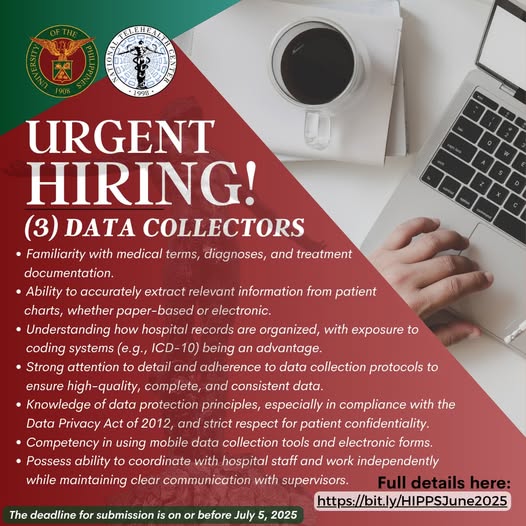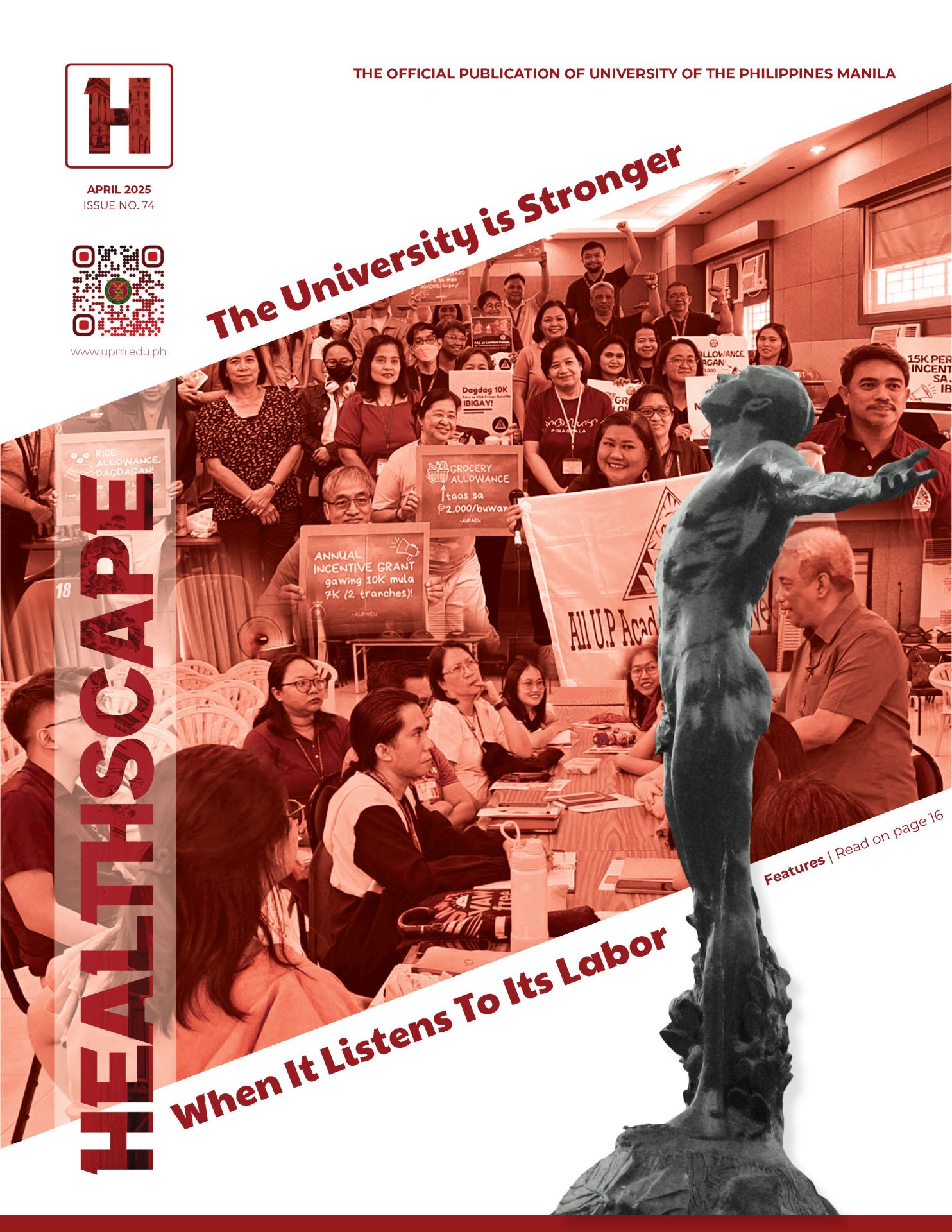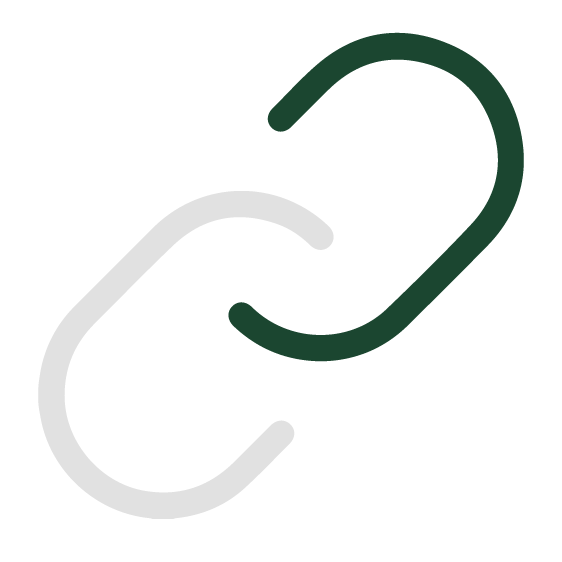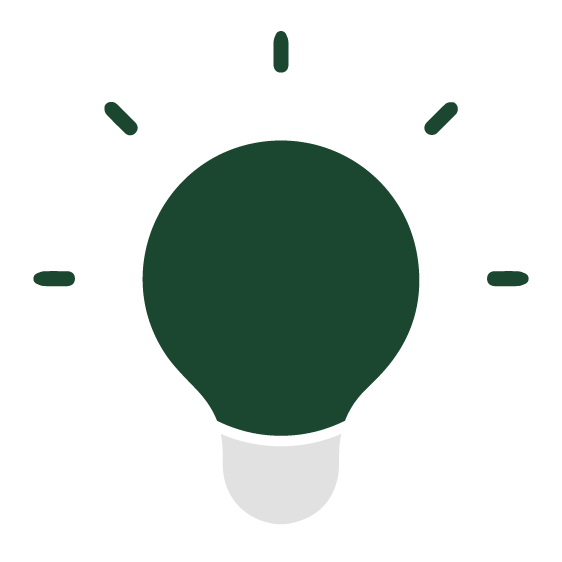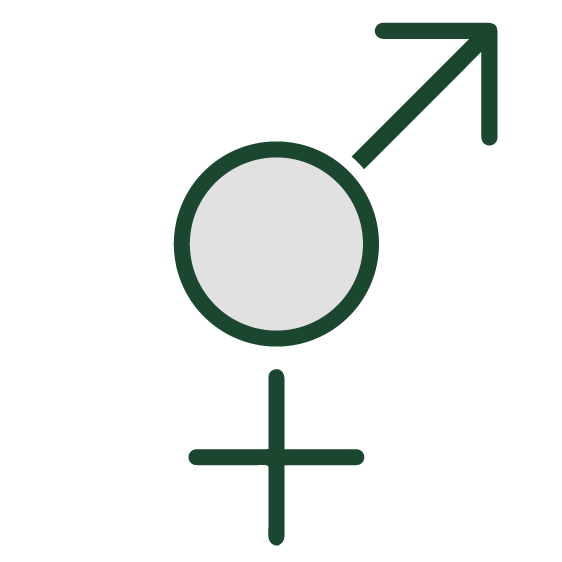‘Many Dreams, One Mission’: UPMASA Celebrates its 40th Annual Grand Convention
Text by Cesar A. Perez Jr.Photo by UPMASA
The UP Medical Alumni Society in America (UPMASA) held its 40th Annual Grand Convention on June 30 to July 4, 2025 at the Venetian Resort, Las Vegas, Nevada. With its over-all theme “Many Dreams, One Mission”, more than 800 delegates attended the grand celebration. For this year, the hosts of this Convention are: the Nevada and Arizona chapters and UP College of Medicine (UPCM) Class 1975.
In the meeting of the Board of Governors, UP Manila Chancellor Michael Tee and UPCM Dean Charlotte Chiong presented updates on various projects, especially those initiated by the different UPMASA Chapters and members.
The week-long celebration kicked off with a welcome reception and talent show dubbed as “Pabidahan.” The show, aptly themed as “Viva Las Vegas,” featured performances from the Golden Jubilarian class of 1975, UPMASA Board of Governors, the different chapters of UPMASA - Pacific Northwest Chapter, IKOT (Indiana, Kentucky, Ohio, Tennessee) Chapter, Northern California Chapter, Texas Chapter, and UPMASA Auxiliary. The UPCM Class of 1985 also gamely took the stage along with Classes 1995, 1999, and 2005. The Silver Jubilarian class of 2000 won the top prize.
Distinguished alumni delivered lectures on the theme “Promoting Wellness, Global Health, Updates and Emerging Technologies” in support of continuing medical education programs. Meanwhile, the Keynote address was given by former UPCM Dean Alberto Roxas.
The Gala Night showcased “Vegas Glitz and Glamour” to the fullest with showgirls flanking the entrance as the different chapters and classes paraded to the venue.
Aside from the entertaining production numbers, numerous awards were also given to deserving members for this year:
Meritorious Service Award:
Felicitas Santiago MD (UPCM 72B)
Elizabeth Fong - de Leon MD (UPCM 75)
Henry Gan Co MD (UPCM 85)
Corazon Carillo - Cipriaso MD (UPCM 93)
Rowena Cabigon - Mercado MD MPH (UPCM 2000)
Renato Ramon Samala MD (UPCM 2000)
Excellence in Community Service Award:
Anacleto Mangaser MD (UPCM 72B)
Godofredo Ng MD (UPCM 63) - Posthumous
Excellence in Medical Research Award:
Maricar Malinis MD (UPCM 2000)
Excellence in Medical Education Award:
Kim dela Cruz MD (UPCM 2000)
Arthur Oliver Romero MD (UPCM 2000)
Lifetime Achievement Award (Posthumous)
Antonio Racela MD (UPCM 1963)
Next year’s grand convention will be held in San Francisco, to be hosted by the North California Chapter, Class 1976 and Class 2001.
#UPMASA #UniversityofthePhilippinesManila #UPM #UPCM





















